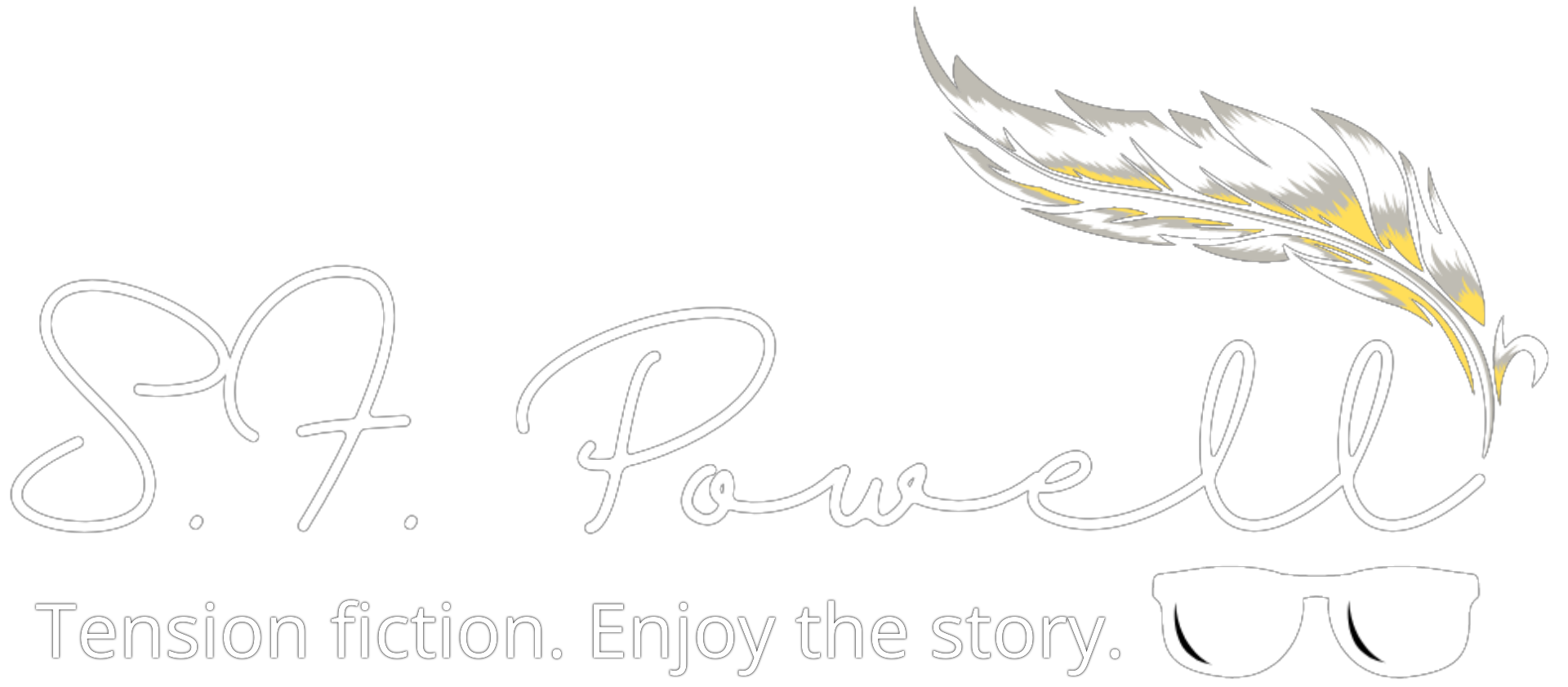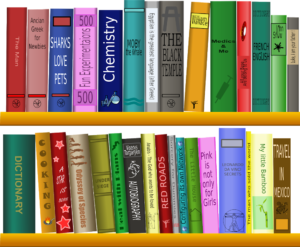I sometimes find myself in a bit of a quandary when it comes to genre definition. And, those writers who write one thing well? Well, I envy them. It’s not that I write so many things well (oh, no). All writers have their strengths and weaknesses, and with continued writing success, their genre reveals the cornerstone of those strengths.
Fiction genres were created for a reason, of course. These genres have specific descriptive features and follow similarly-specific structures or formulas of sorts (e.g. horror is as horror does: be scary). But what if … your work fits multiple categories? We have terms like ‘mainstream’ or ‘commercial’ tossed around interchangeably to define fiction that defies toeing-the-line by having elements from one or more genres, but I’d like a category description that nails it.
Within the major categories of Literary/ Comedy/Drama/Horror, these are a sample of the primary and more well-known book genres in fiction:
- Classics – You have your Hawthornes, Brontes, Poes, Waldens, Hemingways, Twains, Thoreaus, et al, and your Bill-Shakes here. Either in middle school or high school, you’ve come across one of these authors.
- Crime novels – Detective Joe GonnaSolveIt is on the case …
- Mystery – Somebody’s dunnit. But who?
- Children’s – This too, has sub-categories such as elementary and young adult (YA)
- Historical – Pretty self-explanatory. Take your American Revolution, or the French Revolution, or maybe the Civil War. Add characters and stir …
- Sci-Fi – Science and the imagination run wild in the future on in another galaxy altogether.
- Tall Tales – Might as well be right out of science fiction; the exaggerations within these types of narratives really stretch believability—in a good and readable way.
- Suspense (Thriller) – Not quite a mystery, but there’s lots of tension in these works.
- Romance – Boy meets Girl … Boy gets girl … Obstacles … Boy loses girl … More Obstacles … Overcome obstacles … Boy gets girl again (hopefully for good this time). Be still my heart …
- Westerns – Set in the American West during the 18th and 19th centuries. Saddle up, cowboy; adventure awaits.
- Horror – Be still my heart has a whole different meaning—and would someone turn on all the lights, please!?
There are other, lesser-known genres, like: fantasy, graphic novels, legend tales, fan fiction, realism, meta fiction, folklore, and others that have their unique following.
My focus is fiction, but here’s a few non-fiction genres:
- Memoir – Usually semi-autobiographical, it’s an author’s account of his/her relationship with a noun (person/place/thing).
- Biography – An account of a person, their life events. (Auto-bios are written by the book’s subject)
- Reference – All business here: dictionary, almanac, encyclopedia, etc.
- Textbook – More business with nothing but highlighter in hand: English, Math, Science, History, and the School-course crew
- How-To – Can be viewed as a manual of sorts, but not limited to appliances or computers. Just as a cookbook is a how-to for preparing food, a How-To book can also be devoted entirely to decorating.
- Self-help – Get yourself together! These books (like a How-To) give guidance on a variety of topics with the focus being improving oneself (mentally, emotionally, financially, socially, etc.)
Some other non-fiction genres: essays (my personal favorite); reports; speeches; news media stories or reports (journalism).
In reality, writers tend to delve into a mix of genres in their writing, anyway. Horror writers blend in elements of romance in their works, while writers of westerns can include numerous comical points.
Subgenres help pin it down more, I guess, but there are so many subgenres, applicable to the main genres and even other subgenres, it’s borderline pointless. Some subgenres identify an audience or novel subject matter—but neither of those seem ‘genres’ to me.
A brief list of subgenres:
- Chic-lit – Can be considered a standalone genre. It’s a woman-thang. Chic-lit is by and for women, most times with particular humor addressing a variety of shared experiences pertinent to women.
- Christian – Narratives interwoven with Christian values (think: a recurring and sometimes challenging WWJD, spread throughout)
- Philosophical – Characters in these works ponder the more serious things. They don’t care about who dunnit or how scary it was—they’re in pursuit of knowing the meaning of it all.
- Erotica – Be it heterosexual or LGBTQ, somebody’s doing it—and readers get all the juicy (and tasteful) details.
- Pulp – Can be one of the biggies (e.g. Horror, Crime, Mystery). No need to think too hard, or read too deep; it’s all just good writing fun solely for your entertainment pleasure (sort of like that movie …)
- Horror subgenres can include: ghost, splatter/slasher, occult, supernatural, or monster (vampire/werewolf/etc.)
Anyway, with the search for a fitting genre over before it starts, I wanted to have a little fun and come up with genres suitable for some book somewhere.
WYRIWYG. Much harder to pronounce than its well-known and established counterpart, WYSIWYG, What You Read Is What You Get is just that: don’t try to define it, just read it—and hopefully enjoy it (we don’t always enjoy the works in our favorite established genres, do we?).
DIY (or You Decide). As you’re reading, define the genre yourself. If you’ve read pages of horror-filled erotica, feel free to define it as a tall tale if that suits you better. Or, perhaps that fan fiction novel seemed a dictation of your life as it happened, go ahead and claim it’s a piece of realistic fiction (although, that genre seems an oxymoron to me).
One size fits all. It really doesn’t, but if you believe you’ve written the hottest western detective crime graphic novel about a cowboy in love with a seventeenth century banshee who is haunting the detective’s gay cousin’s house … A novel so good, it became Classic while you weren’t looking, well, there you go.
Writers (fiction or non-fiction) often write on subjects where their interests lie. Sometimes we challenge ourselves by writing outside our comfort zones, but a particular genre or comfort-zone is comfortable for a reason. Writers also reveal tidbits of themselves in their works through their writing style. Not necessarily with the first work will one know who they’re dealing with as they read, but by work four or five, a reader can pick up whether their favorite writer has a dry sense of humor, enjoys contradiction, or maybe has a kinky side. These glimpses aren’t evident in every character, scene, or narrative, and rarely is it a one-for-one correlation to the writer’s thoughts and feelings, but breadcrumbs are there if you’re paying attention. The genre is just a starting point.
What’s my genre? Primarily suspense as readers follow Dr. Naomi Alexander through her therapy sessions treating a key patient (or patients), and also get glimpses of her home-life as she treats … herself? I have romance sometimes, or non-romance (should the situation call), erotica sometimes, and reviews have mentioned the ‘funny’ moments in my books. But, for designation’s sake, my novels are suspense … for now. Stay tuned.


